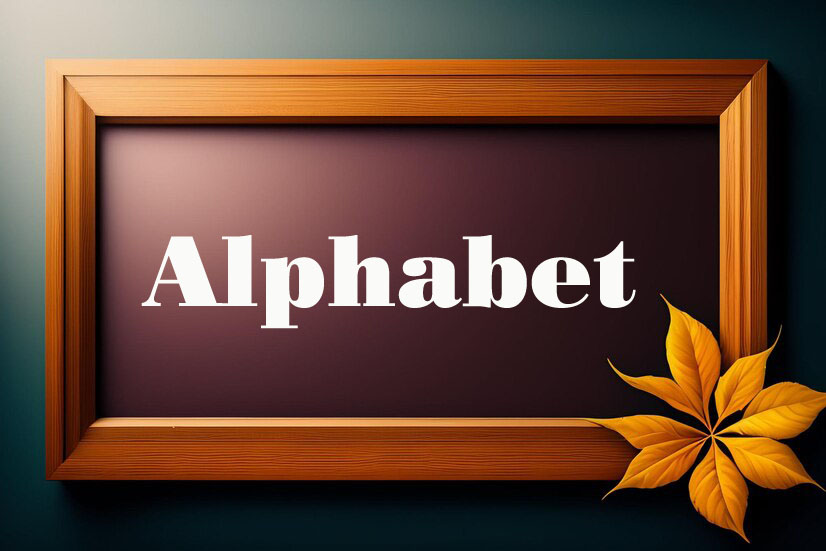Introduction
The alphabet is one of the most fundamental elements of human communication. It’s the building block of written language, allowing us to record and share information, express ideas, and connect with others across time and space. In this article, we’ll explore the fascinating history of the alphabet, its evolution, and its importance in our daily lives.
The Origins of the Alphabet
Early Writing Systems
Before the alphabet as we know it was developed, early civilizations used various forms of writing systems to communicate. These included pictograms, ideograms, and cuneiform scripts. Ancient Egyptians, for example, used hieroglyphs, while the Sumerians used cuneiform, one of the earliest known writing systems.
The Phoenician Alphabet
The Phoenician alphabet is often considered the precursor to most modern alphabets. Developed around 1050 BCE, it was a consonant-based script with 22 characters. The simplicity and efficiency of the Phoenician alphabet made it easy to learn and adapt, facilitating its spread throughout the Mediterranean region.
The Evolution of the Alphabet
Greek Alphabet
The Greeks adopted the Phoenician alphabet and made significant modifications, including the addition of vowels. This adaptation, which occurred around the 8th century BCE, created a more versatile writing system that better suited the Greek language.
Latin Alphabet
The Latin alphabet, used by the ancient Romans, is directly descended from the Greek alphabet. As the Roman Empire expanded, so did the use of the Latin alphabet. Today, it is the most widely used alphabet in the world, forming the basis of many modern languages, including English, Spanish, French, and German.
Other Alphabets
While the Latin alphabet became dominant in the Western world, other alphabets evolved in different regions. The Cyrillic alphabet, developed in the 9th century CE by Saints Cyril and Methodius, is used in many Slavic languages, including Russian and Bulgarian. The Arabic alphabet, with its distinct cursive script, spread across the Islamic world and remains widely used today.
The Structure of the Alphabet
Consonants and Vowels
Most alphabets consist of consonants and vowels. Consonants represent specific sounds made by obstructing airflow in various ways, while vowels are sounds produced without such obstructions. The balance and organization of these elements enable the precise and flexible representation of spoken language.
Uppercase and Lowercase Letters
The Latin alphabet introduced the concept of uppercase (capital) and lowercase (small) letters. Uppercase letters are typically used at the beginning of sentences and for proper nouns, while lowercase letters are used for general writing. This distinction helps improve readability and provides visual cues in written text.
The Importance of the Alphabet
Facilitating Communication
The alphabet is essential for written communication. It allows us to record and share thoughts, ideas, and information in a standardized and understandable format. This has been crucial for the development of literature, science, and education.
Preserving Knowledge
Through the written word, the alphabet has enabled the preservation and transmission of knowledge across generations. Historical records, scientific discoveries, and literary works have all been documented and passed down, contributing to the advancement of human civilization.
Cultural Significance
The alphabet holds cultural significance in many societies. It is a symbol of language and identity, reflecting the history and evolution of the people who use it. The study of alphabets and their development offers insights into human history and cultural exchange.
The Alphabet in Modern Times
Digital Age
In the digital age, the alphabet remains as important as ever. It is the foundation of digital communication, from emails and text messages to social media and programming languages. The versatility and simplicity of the alphabet make it well-suited to the fast-paced, technology-driven world we live in today.
Language Learning
For language learners, mastering the al-phabet is the first step in acquiring new language skills. Understanding the sounds and structure of an al-phabet is crucial for reading, writing, and pronunciation. This foundational knowledge opens the door to exploring new cultures and communication.
Global Influence
The Latin al-phabet, in particular, has a global influence. It is used in international business, aviation, and diplomacy, serving as a common script that bridges language barriers. Its widespread adoption underscores its practicality and adaptability.
Fun Facts About the Alphabet
- Al–phabet Origin: The word “al-phabet” comes from the first two letters of the Greek al-phabet, alpha and beta.
- Longest Al–phabet: The Khmer al-phabet, used in Cambodia, is the longest al-phabet in the world, with 74 characters.
- Shortest Al-phabet: The Rotokas al-phabet, used in Papua New Guinea, is one of the shortest, with only 12 letters.
- Letter Frequency: In the English language, the letter “E” is the most frequently used, while “Z” is the least common.
- Pangrams: A pangram is a sentence that uses every letter of the al-phabet at least once. An example in English is “The quick brown fox jumps over the lazy dog.”
Conclusion
The alphabet is a cornerstone of human communication and culture. From its ancient origins to its modern applications, the alphabet has evolved to meet the needs of diverse languages and societies. It facilitates communication, preserves knowledge, and reflects our cultural heritage. As we continue to navigate the digital age, the al-phabet remains a vital tool for connecting people and sharing ideas. Understanding its history and significance helps us appreciate the profound impact it has had on our world.












1 thought on “The Alphabet: Its History, Evolution, and Importance”